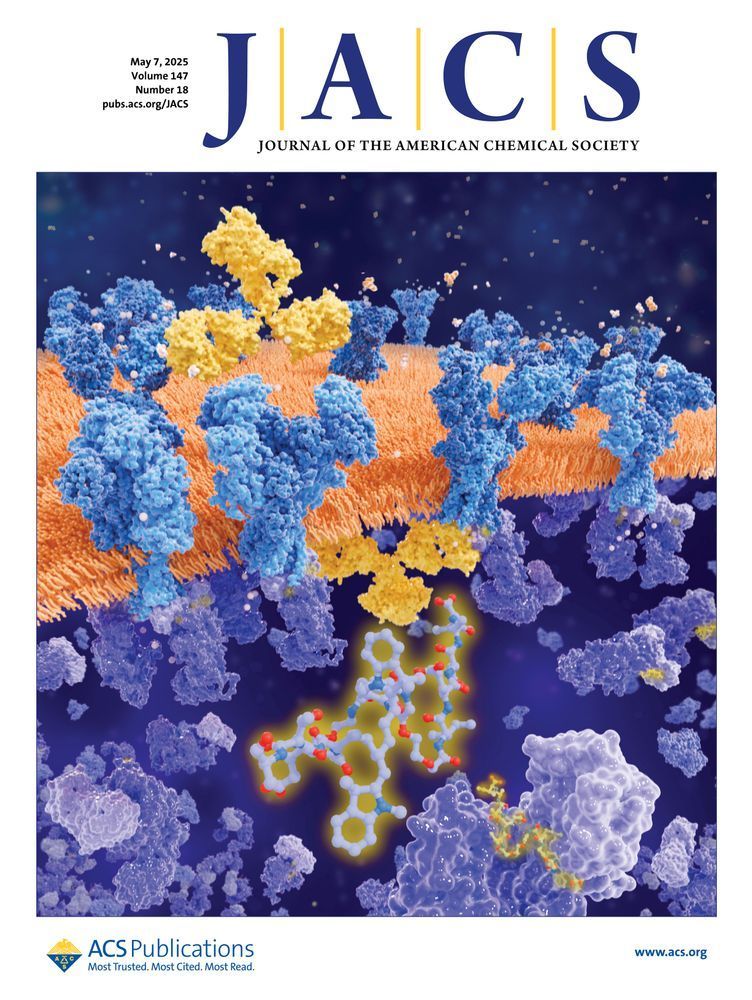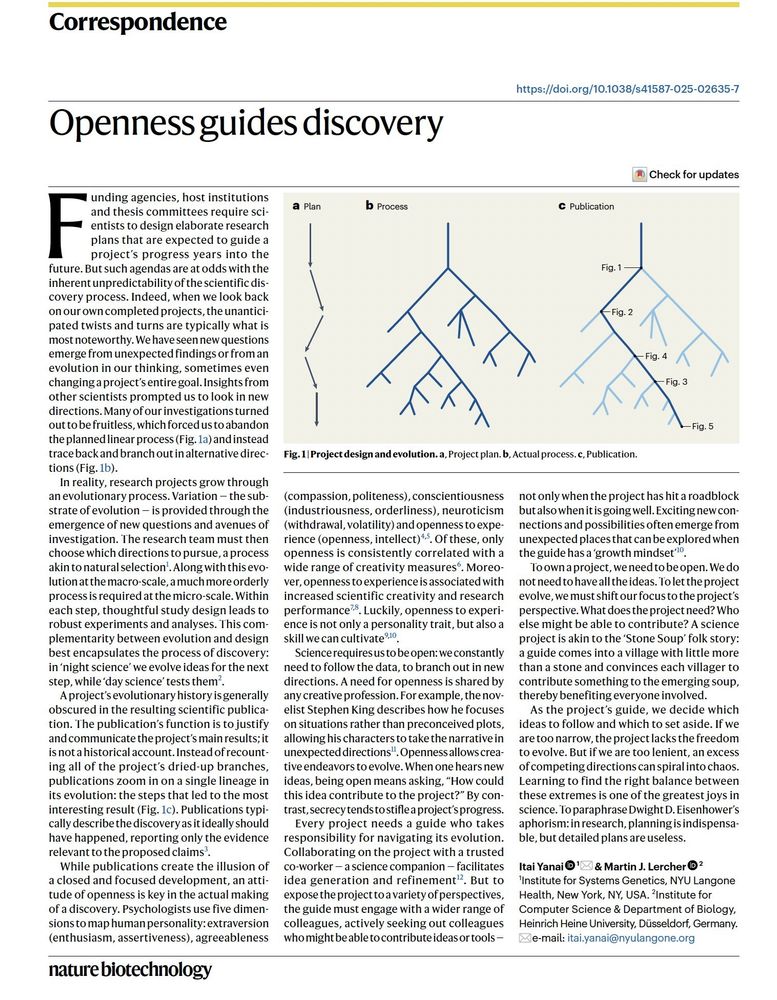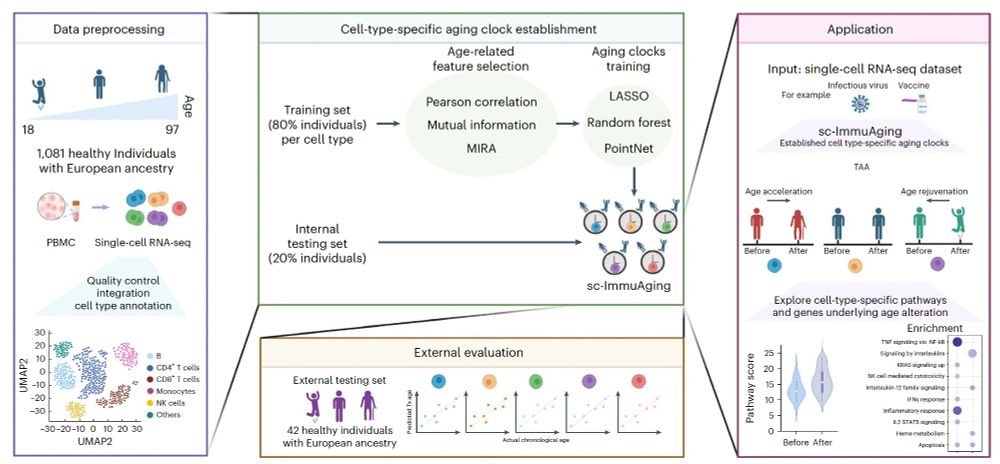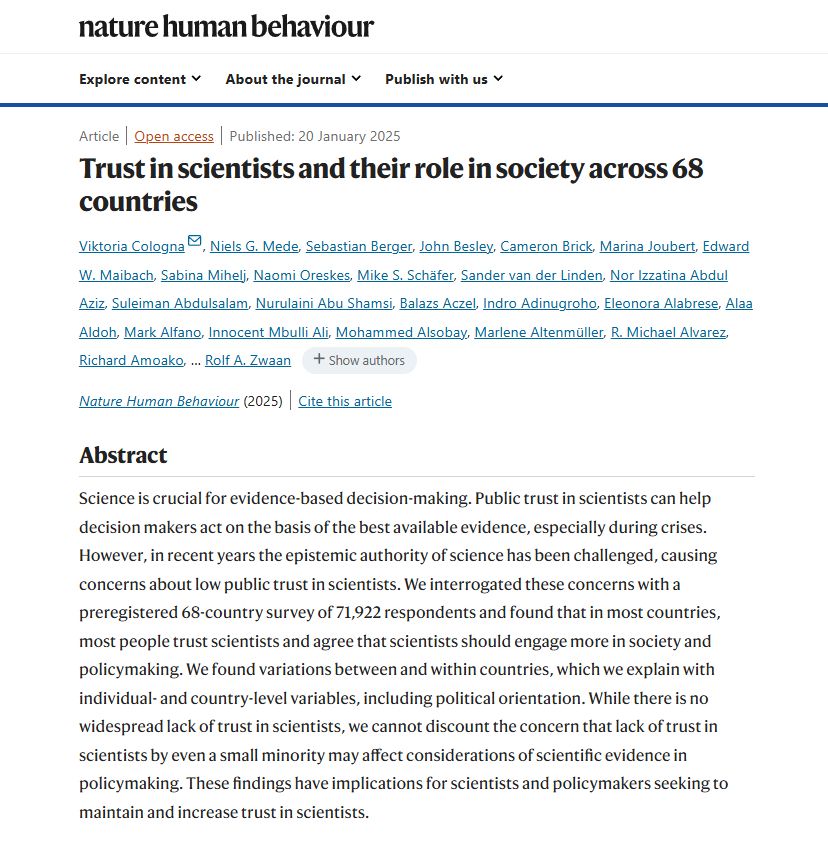Ivan Talucci
@ivantalucci.bsky.social
280 followers
260 following
18 posts
PhD cand. University of Würzburg (JMU)| (Auto)antibodies decoded in Microarray format | Maric Lab | (re)post whatever interests me |🧬🧉☕♟️🏃
🇮🇹🇩🇪
#Autoimmunity
#Antibodies
#Immunosky
https://linktr.ee/ivantalucci
Posts
Media
Videos
Starter Packs
Pinned
Ivan Talucci
@ivantalucci.bsky.social
· Jul 18

Linear vs. conformational epitope mapping: Methods, differences, and strategic use in drug development
Explore the critical distinctions between linear epitope and conformational epitope mapping in our comprehensive guide. Learn how epitope mapping techniques—ranging from peptide microarrays with overl...
www.pepperprint.com
Reposted by Ivan Talucci
Reposted by Ivan Talucci
Reposted by Ivan Talucci
Reposted by Ivan Talucci
Maric Lab
@hmariclab.bsky.social
· Mar 20
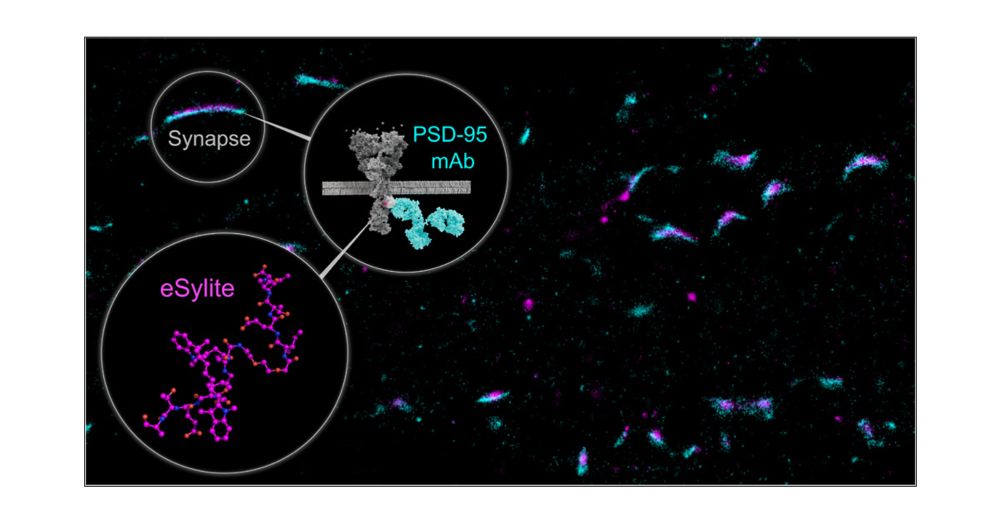
eSylites: Synthetic Probes for Visualization and Topographic Mapping of Single Excitatory Synapses
The spatiotemporal organization of the postsynaptic density (PSD) is a fundamental determinant of synaptic transmission, information processing, and storage in the brain. The major bottleneck that prevents the direct and precise representation of the nanometer-scaled organization of excitatory glutamatergic synapses is the size of antibodies, nanobodies, and the genetically encoded fluorescent tags. Here, we introduce small, high affinity synthetic probes for simplified, high contrast visualization of excitatory synapses without the limitations of larger biomolecules. In vitro binding quantification together with microscopy-based evaluation identified eSylites, a series of fluorescent bivalent peptides comprising a dye, linker, and sequence composition that show remarkable cellular target selectivity. Applied on primary neurons or brain slices at nanomolar concentrations, eSylites specifically report PSD-95, the key orchestrator of glutamate receptor nanodomains juxtaposed to the presynaptic glutamate release sites that mediate fast synaptic transmission. The eSylite design minimizes a spatial dye offset and thereby enables visualization of PSD-95 with improved localization precision and further time-resolved discrimination. In particular, we find that individual dendritic spines can contain separate nanodomains enriched for either PSD-95 or its closest homologues, PSD-93 or SAP102. Collectively, these data establish eSylites as a broadly applicable tool for simplified excitatory synapse visualization, as well as a high-end microscopy compatible probe for resolving the PSD organization with unprecedented resolution.
pubs.acs.org
Reposted by Ivan Talucci
Maric Lab
@hmariclab.bsky.social
· Mar 20

eSylites: Synthetic Probes for Visualization and Topographic Mapping of Single Excitatory Synapses
The spatiotemporal organization of the postsynaptic density (PSD) is a fundamental determinant of synaptic transmission, information processing, and storage in the brain. The major bottleneck that prevents the direct and precise representation of the nanometer-scaled organization of excitatory glutamatergic synapses is the size of antibodies, nanobodies, and the genetically encoded fluorescent tags. Here, we introduce small, high affinity synthetic probes for simplified, high contrast visualization of excitatory synapses without the limitations of larger biomolecules. In vitro binding quantification together with microscopy-based evaluation identified eSylites, a series of fluorescent bivalent peptides comprising a dye, linker, and sequence composition that show remarkable cellular target selectivity. Applied on primary neurons or brain slices at nanomolar concentrations, eSylites specifically report PSD-95, the key orchestrator of glutamate receptor nanodomains juxtaposed to the presynaptic glutamate release sites that mediate fast synaptic transmission. The eSylite design minimizes a spatial dye offset and thereby enables visualization of PSD-95 with improved localization precision and further time-resolved discrimination. In particular, we find that individual dendritic spines can contain separate nanodomains enriched for either PSD-95 or its closest homologues, PSD-93 or SAP102. Collectively, these data establish eSylites as a broadly applicable tool for simplified excitatory synapse visualization, as well as a high-end microscopy compatible probe for resolving the PSD organization with unprecedented resolution.
pubs.acs.org
Reposted by Ivan Talucci
Reposted by Ivan Talucci
Reposted by Ivan Talucci
Ivan Talucci
@ivantalucci.bsky.social
· Mar 4
Reposted by Ivan Talucci
Ivan Talucci
@ivantalucci.bsky.social
· Feb 11
Reposted by Ivan Talucci
John Lukens
@lukensjohnr.bsky.social
· Jan 30

Plasma proteomic evidence for increased β-amyloid pathology after SARS-CoV-2 infection - Nature Medicine
Blood biomarkers in a middle-aged population suggest that SARS-CoV-2 infection is associated with greater brain β-amyloid plaque accumulation.
www.nature.com
Reposted by Ivan Talucci
Reposted by Ivan Talucci
CMcG Rheum
@medicastra.medsky.social
· Jan 12
Ivan Talucci
@ivantalucci.bsky.social
· Dec 28
Ivan Talucci
@ivantalucci.bsky.social
· Dec 25
Reposted by Ivan Talucci
Science Magazine
@science.org
· Dec 24
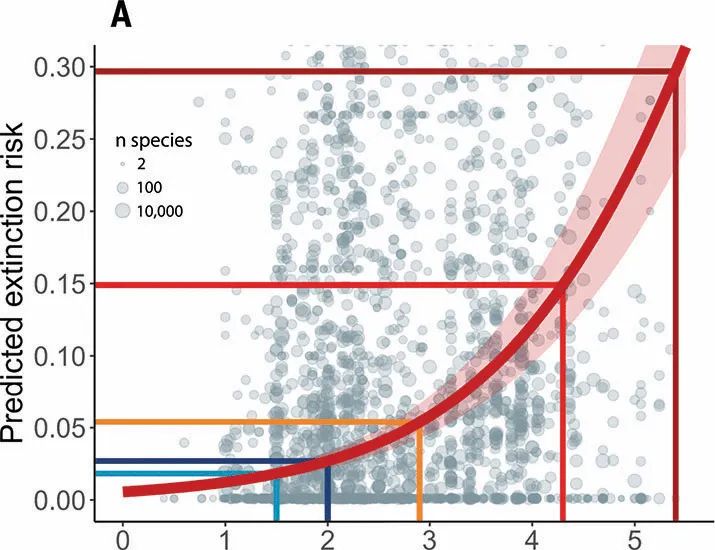
Climate change extinctions
Climate change is expected to cause irreversible changes to biodiversity, but predicting those risks remains uncertain. I synthesized 485 studies and more than 5 million projections to produce a quantitative global assessment of climate change ...
scim.ag
Reposted by Ivan Talucci
Science News
@scinews.bsky.social
· Dec 22

MIT researchers introduce Boltz-1, a fully open-source model for predicting biomolecular structures
Researchers in the MIT Jameel Clinic for Machine Learning in Health developed a fully open-source biomolecular structure prediction model that achieves state-of-the-art performance, at the level of Al...
www.eurekalert.org







